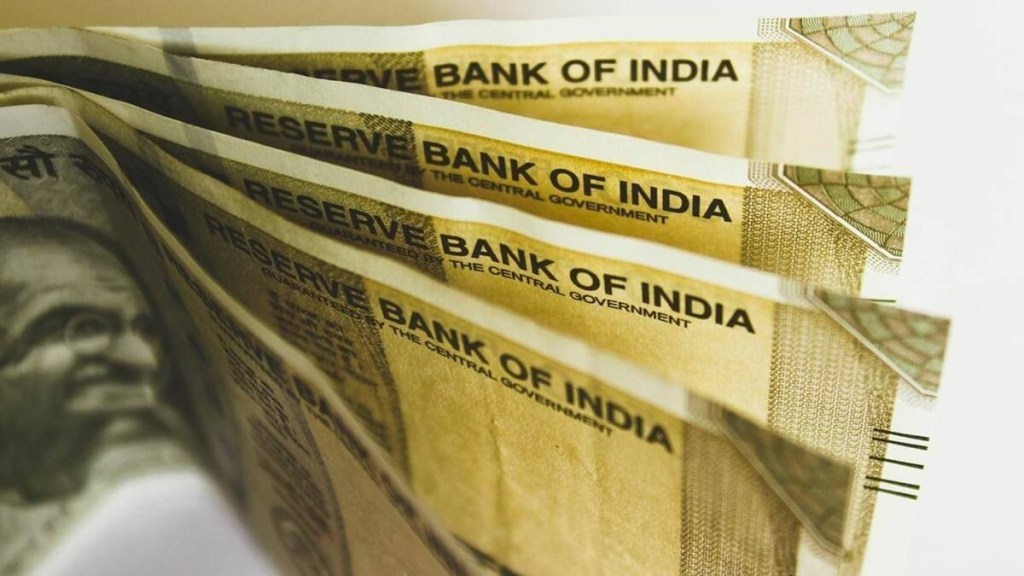Banks’ borrowing through the Marginal Standing Facility (MSF) has crossed the Rupees 2-trillion mark to reach an all-time high of Rupees 2.34 trillion on Wednesday and Rupees 2.05 trillion on Thursday, showing that the liquidity has dried up further in the banking system.
With investors rushing to participate in the Rupees 7,300-crore initial public offerings (IPOs) this week, several bond issuances and advance tax flows, the banking system found itself running short of liquidity.
“Liquidity was getting tighter in the banking system since October and these IPOs have contributed to these tightening,” Suresh Khatanhar, deputy managing director, IDBI Bank, told FE. “Advance tax payment outflows were one of the main factors behind the liquidity shortage,” he added.
The IPOs of Tata Technologies, Gandhar Oil Refinery, Flair Writing Industries, Fedbank Financial Services, Indian Renewable Energy Development Agency were open for subscription this week.
The borrowing through MSF remained in the Rupees 45,000-74,000 crore range in the first week of this month, banks were forced to borrow in the range of Rupees1-2.34 trillion this week.
Responding to the tight liquidity in the system, the central bank injected Rupees1.5 trillion through Liquidity Adjustment Facility (LAF) operations.
The infusion of liquidity by the RBI has also increased in November. On October 7, the central bank injected nearly Rupees 21,000 crore, which increased to Rupees 1-1.7 trillion during this week.
“The liquidity deficit has mopped out Rupees 2.5 -2.7 trillion out of the system this month. At the same time RBI has been maintaining a cautious stance to prevent any runaway inflation,” Debopam Chaudhuri, chief economist of Piramal Group.
Banks resort to RBI’s MSF facility to get overnight funds when liquidity in the system dries up. Currently, the MSF rate is 6.75%, which is 25 basis points higher than the repo rate.
“The mismatch in growth of credit and deposits of banks is putting strain on liquidity. Credit growth has been much higher than deposit growth which has created a shortfall in the liquidity,” Madan Sabnavis, chief economist, Bank of Baroda, said.
He added that a few months back, we had a situation where some banks had surplus liquidity while other were facing deficit, but now the surplus liquidity has gone down,” he added.
According to experts, the tight liquidity situation is likely to continue as spending is likely to stay high due to the wedding season next.
